1. Thailand
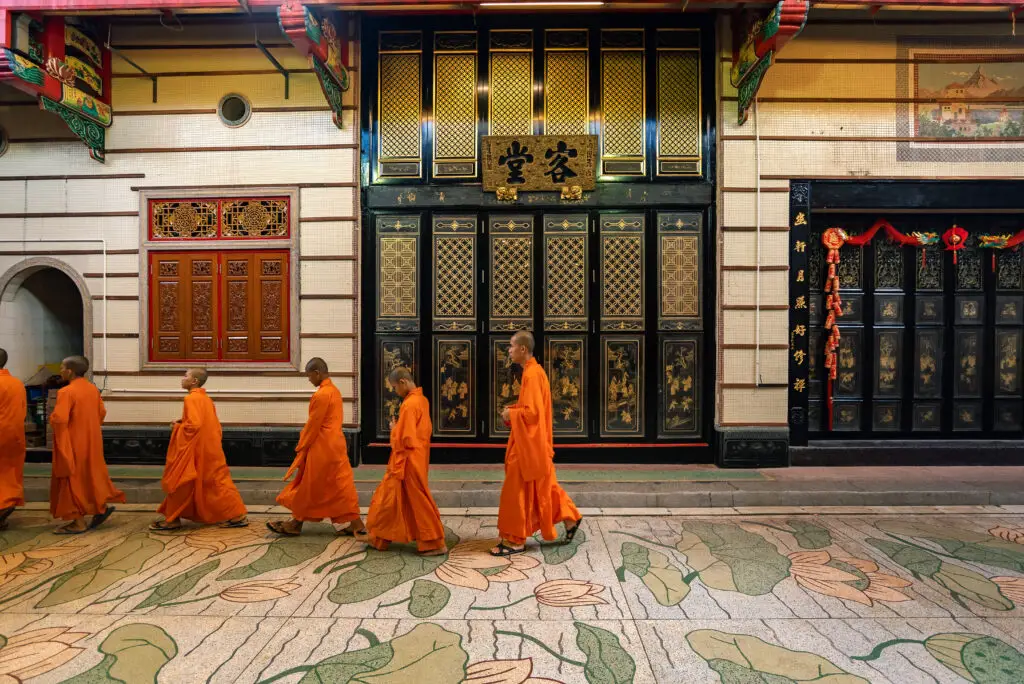
In Thailand, the New Year celebration known as Songkran happens in April, and it’s one of the wettest, wildest parties you can imagine. People take to the streets armed with water guns, buckets, and hoses to drench anyone in sight—including complete strangers. It might seem like all fun and games, but this soaking tradition is rooted in the idea of washing away bad luck and sins from the previous year. The weather helps too, since April is one of the hottest months there shares CNN.
Beyond the splashing, families also visit temples to make merit and pour water over Buddha statues and elders’ hands as a sign of respect. It’s a beautiful mix of chaos and calm. If you ever visit during Songkran, just know you won’t stay dry for long. But you will probably leave feeling refreshed—physically and spiritually adds the Atlantic.
2. Japan
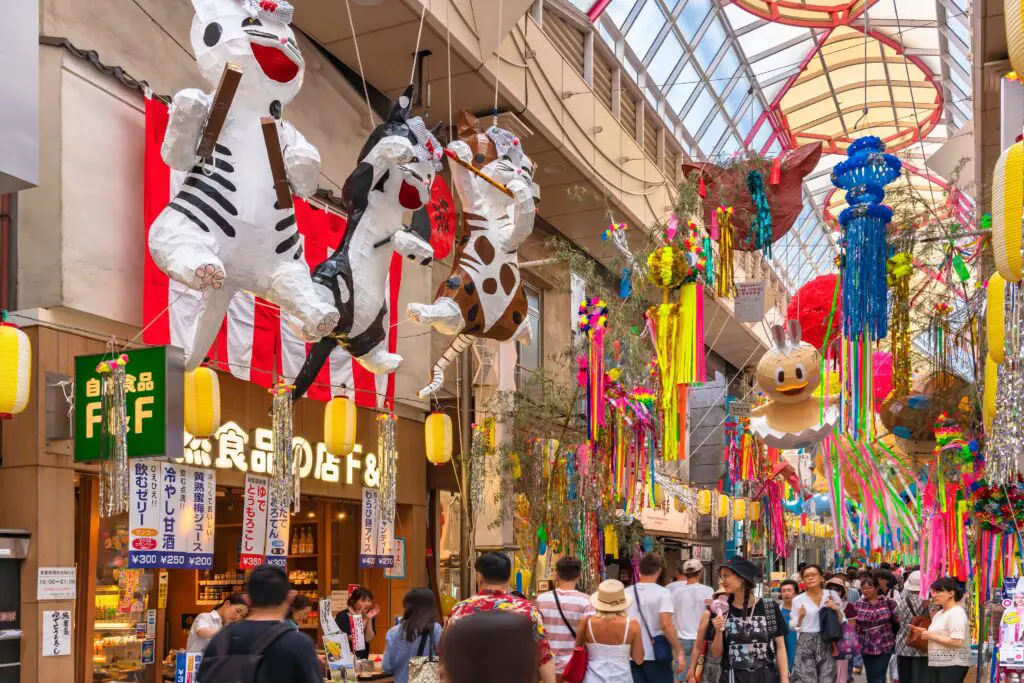
Japan does things a little differently for New Year’s. Instead of fireworks or wild parties, many families spend the evening quietly at home, cleaning and preparing traditional foods like soba noodles. It’s all about starting the year with a clean house and a calm heart. Temples ring their bells 108 times at midnight, which is meant to rid people of the 108 earthly temptations in Buddhism says Yahoo Sports.
It’s a peaceful and introspective way to welcome the year. Many people also visit shrines for hatsumode, their first prayer of the year. There’s a reverence in the air that’s hard to describe until you’ve felt it yourself. It’s less about noise and more about intention explains Food & Wine.
3. Scotland
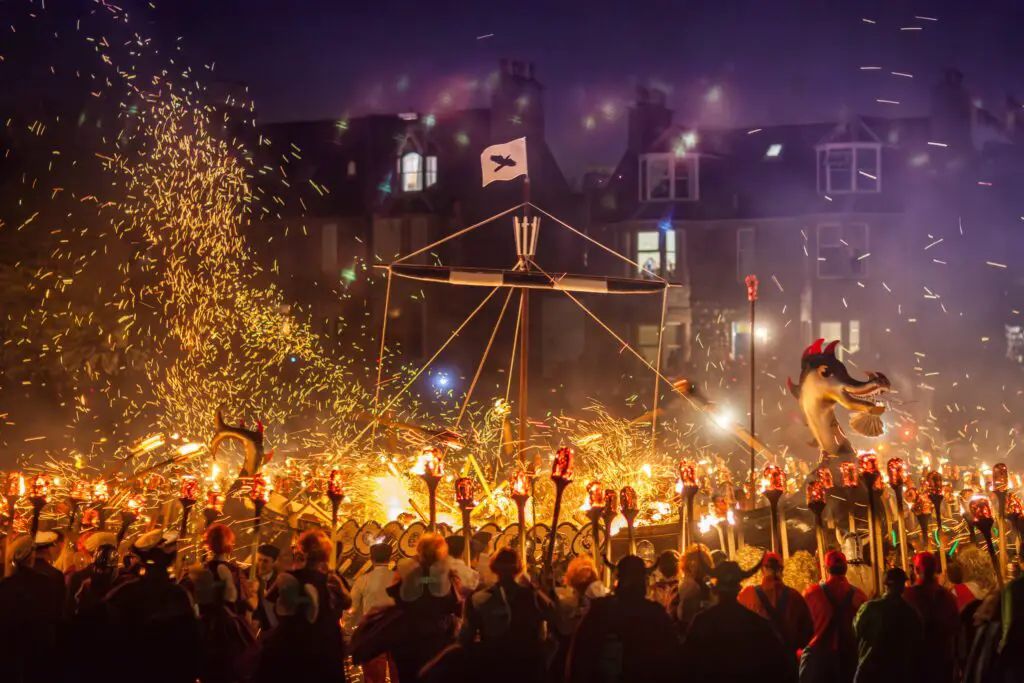
In Scotland, they know how to throw a proper New Year’s bash—and they even have a special name for it: Hogmanay. The celebrations last for days and can involve torchlight processions, traditional music, and a whole lot of whisky. One of the most famous traditions is “first-footing,” where the first person to enter your home after midnight should ideally bring gifts for good luck.
But some towns, like Stonehaven, take things up a notch with fireball-swinging parades. Locals march through the streets swinging flaming balls over their heads to symbolize purification and ward off evil spirits. It’s dramatic, thrilling, and deeply rooted in tradition. If you’re lucky enough to experience it, you won’t forget it.
4. Philippines
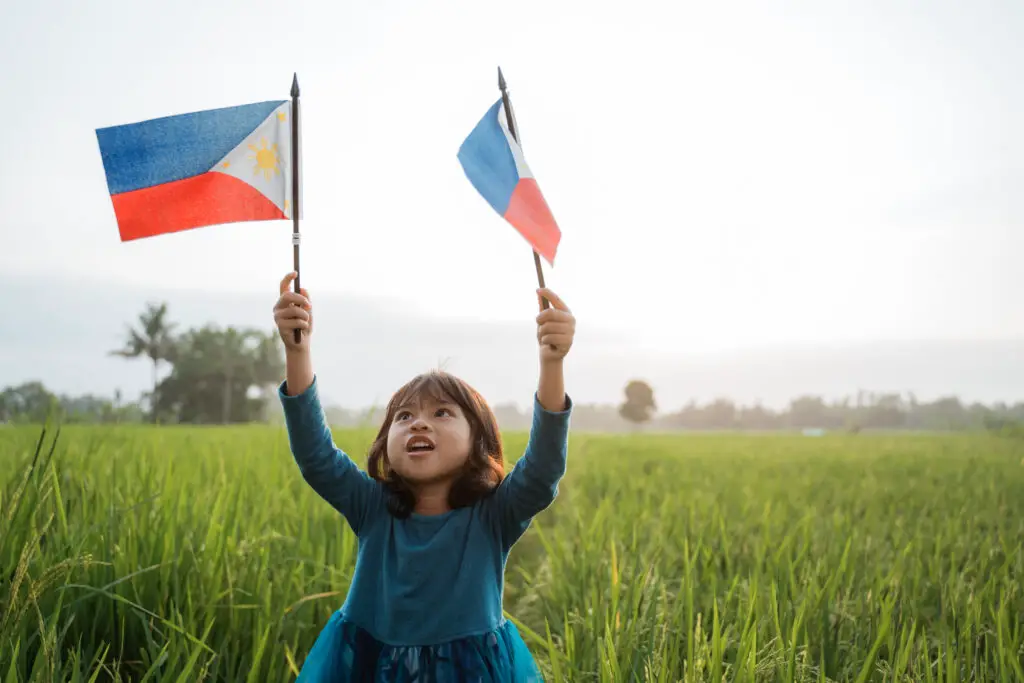
In the Philippines, the New Year is a burst of noise, color, and superstition. One of the biggest traditions involves wearing polka dots—especially clothes with round patterns—to symbolize prosperity and good fortune. People also fill their tables with round fruits, light up fireworks, and make as much noise as possible to drive away bad spirits.
But there’s also a playful side to it. Kids are encouraged to jump up and down at midnight in hopes that it’ll make them taller. Families throw coins and shake coins inside metal pans to “ring in” money for the new year. It’s joyful, loud, and full of hope.
5. Finland
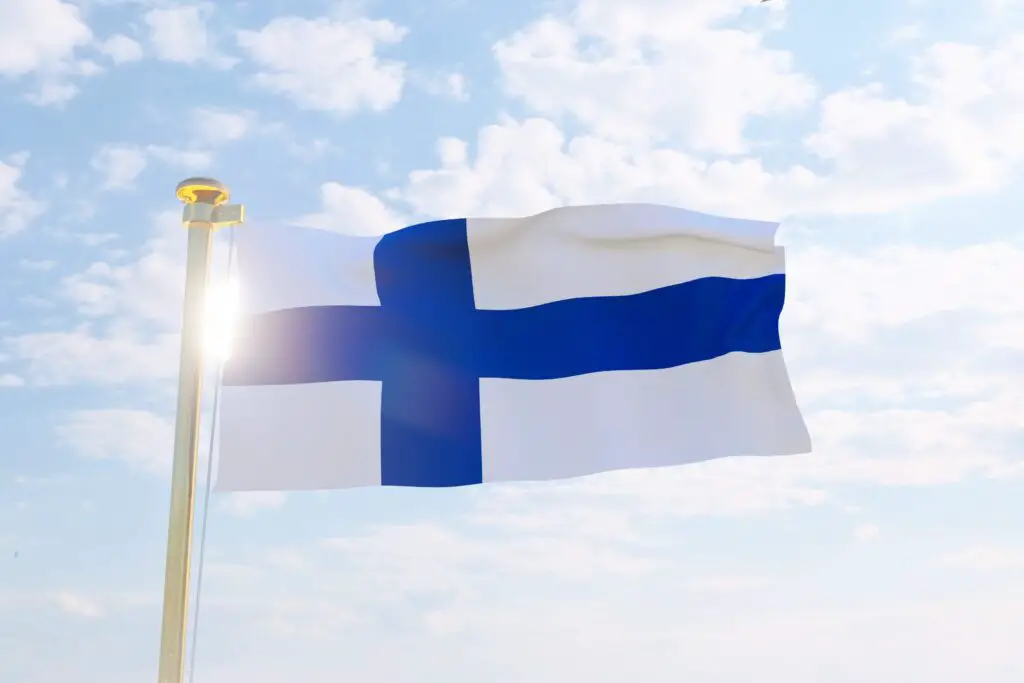
In Finland, fire and fortune-telling come together in a cozy tradition called molybdomancy. People melt small pieces of tin (these days, it’s usually a safer material), then pour the molten metal into cold water. The resulting shape is interpreted to predict what the coming year will bring. It’s part game, part old-world superstition.
There’s something comforting about gathering with loved ones, squinting at a blob of cooled metal, and deciding it looks like a heart or a ship or a crown. These moments of shared curiosity bring people closer. It’s not loud or flashy, but it’s meaningful. And you never know—maybe your molten shape really does predict your future.
6. Brazil

In Brazil, New Year’s Eve is a beachside affair, especially in Rio de Janeiro. Millions of people gather dressed in white to symbolize peace and renewal. At midnight, they throw flowers into the ocean as offerings to Yemanjá, the goddess of the sea in Afro-Brazilian religions. It’s a stunning sight—candles floating on the waves, petals scattered across the shore.
Many also jump over seven waves, making a wish with each leap. Fireworks light up the sky, and the energy is infectious. It’s spiritual, festive, and incredibly moving. For Brazilians, it’s not just a party—it’s a tribute to both their heritage and their hopes.
7. Ecuador
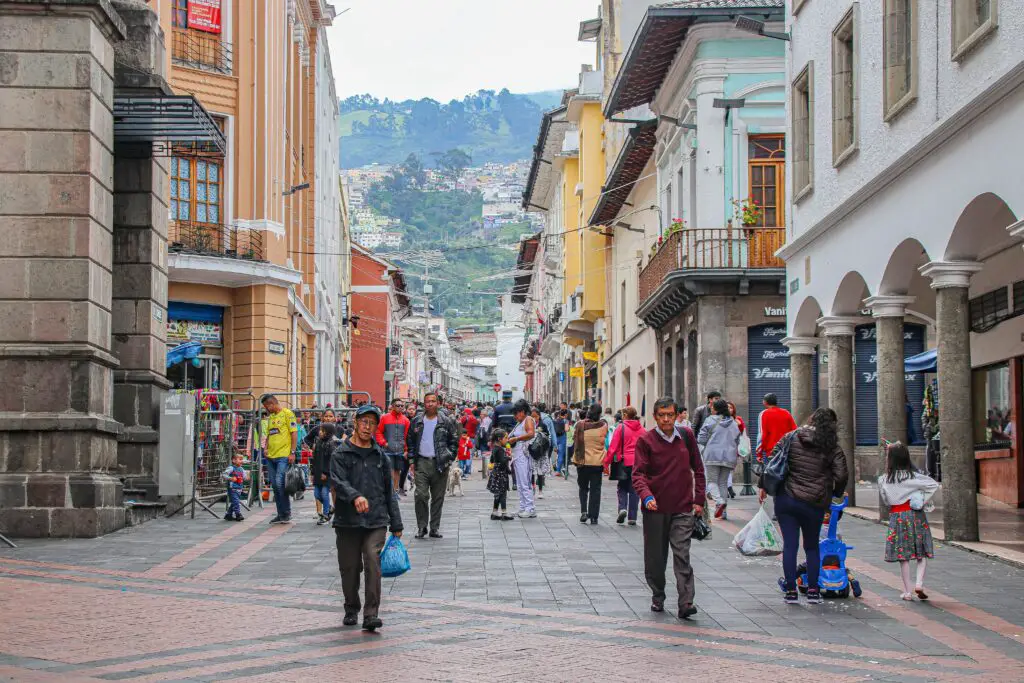
In Ecuador, the streets are filled with fire on New Year’s Eve—on purpose. People craft life-sized effigies called “años viejos,” which represent the old year and all its troubles. At midnight, they set them ablaze in a dramatic act of renewal. The flames are a way to say goodbye to the bad and make space for something better.
Some even dress up their effigies with masks of politicians or pop culture figures, adding a bit of satire to the ritual. It’s loud, smoky, and cathartic. There’s something powerful about watching the past literally go up in flames. And when it’s over, you can’t help but feel a little lighter.
8. Denmark
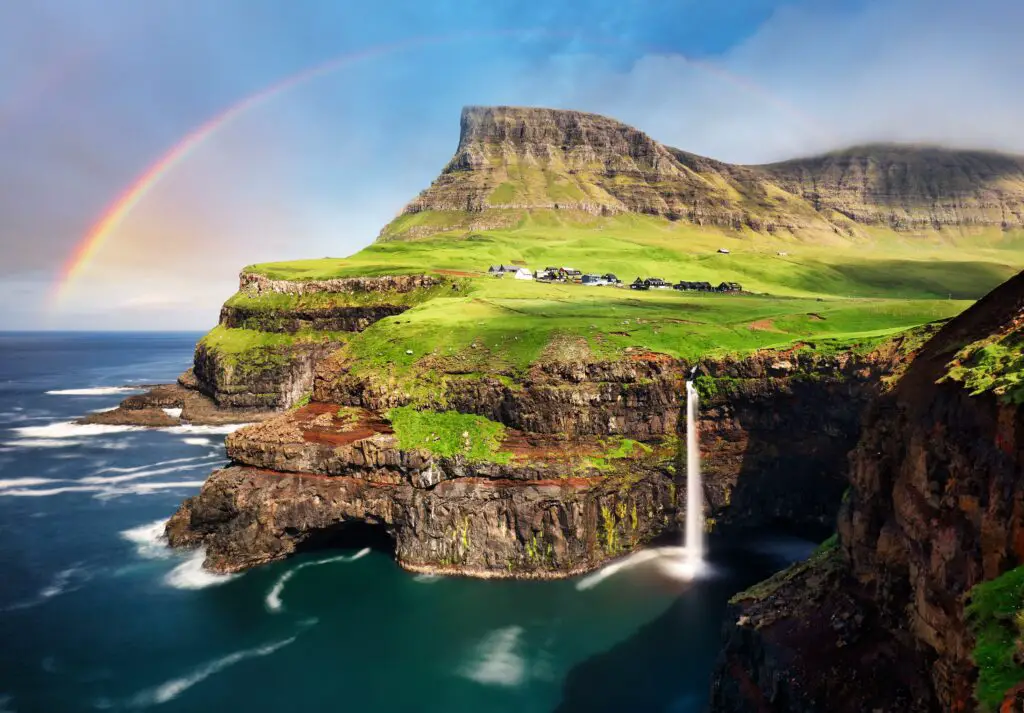
If you’re in Denmark on New Year’s Eve, don’t be alarmed by the sound of smashing dishes. It’s a tradition to hurl plates at friends’ and neighbors’ doors as a bizarre but well-meaning gesture of affection. The more broken china you have outside your door the next morning, the more loved you are.
There’s also a quirky custom where people leap off chairs at midnight to “jump” into the new year. It’s playful and just the right amount of odd. These traditions bring joy and laughter to what might otherwise be a cold, quiet night. And really, who doesn’t want to be celebrated with flying crockery?
9. India
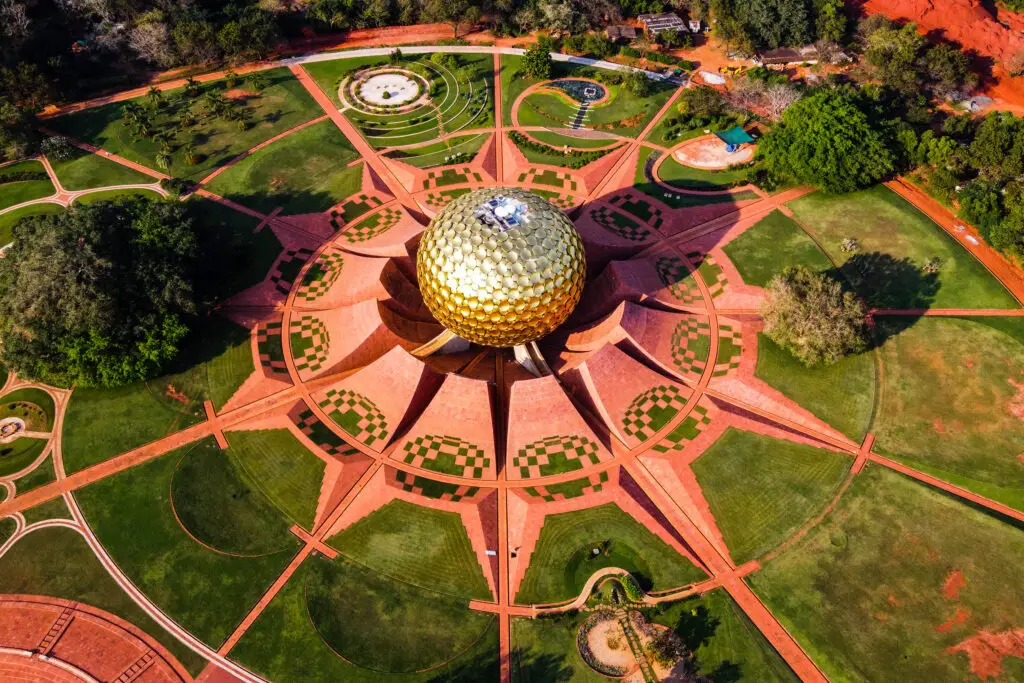
India’s diversity means New Year celebrations vary by region, but one constant is fire. In places like Punjab and Tamil Nadu, people light bonfires to mark the transition from old to new. It’s often tied to harvest festivals and religious observances that fall near the start of the new year.
Families gather to toss old belongings or symbolic items into the flames as a way to let go of the past. There’s food, dancing, and music around the fire. It’s about warmth, renewal, and community. Whether it’s Lohri, Bihu, or Pongal, the glow of fire is a comforting constant.
10. Greece
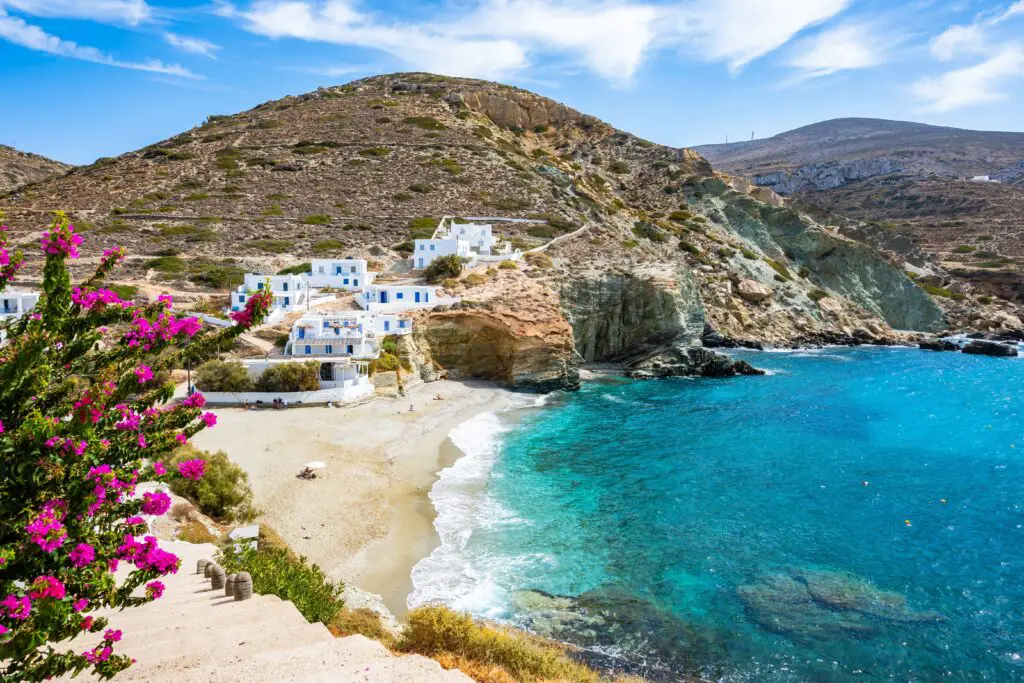
In Greece, the New Year comes with quiet rituals and sweet traditions. One of the most charming is baking a vasilopita—a special cake with a coin hidden inside. Whoever finds the coin is said to have good luck all year. Families gather to cut the cake at midnight in a slow, meaningful moment.
There’s also a custom of hanging onions on doors as a symbol of rebirth and growth. Parents might even gently tap their children on the head with the onion to encourage wisdom in the new year. It’s simple and endearing. In Greece, the new year is about home, family, and tiny signs of hope.
11. South Africa

In some parts of South Africa, especially in Johannesburg, New Year’s Eve used to be marked with a shocking tradition—throwing furniture out the window. Old appliances, chairs, and even couches were hurled from high-rises to symbolize throwing out the old year. It’s dangerous and mostly discouraged now, but it came from a deep desire for a fresh start.
Today, celebrations are still lively with fireworks, music, and church gatherings. Some communities have replaced furniture tossing with candlelight services and symbolic bonfires. The spirit of rebirth remains strong. It’s a mix of chaos and community, and it speaks to how deeply people want change.
12. Italy
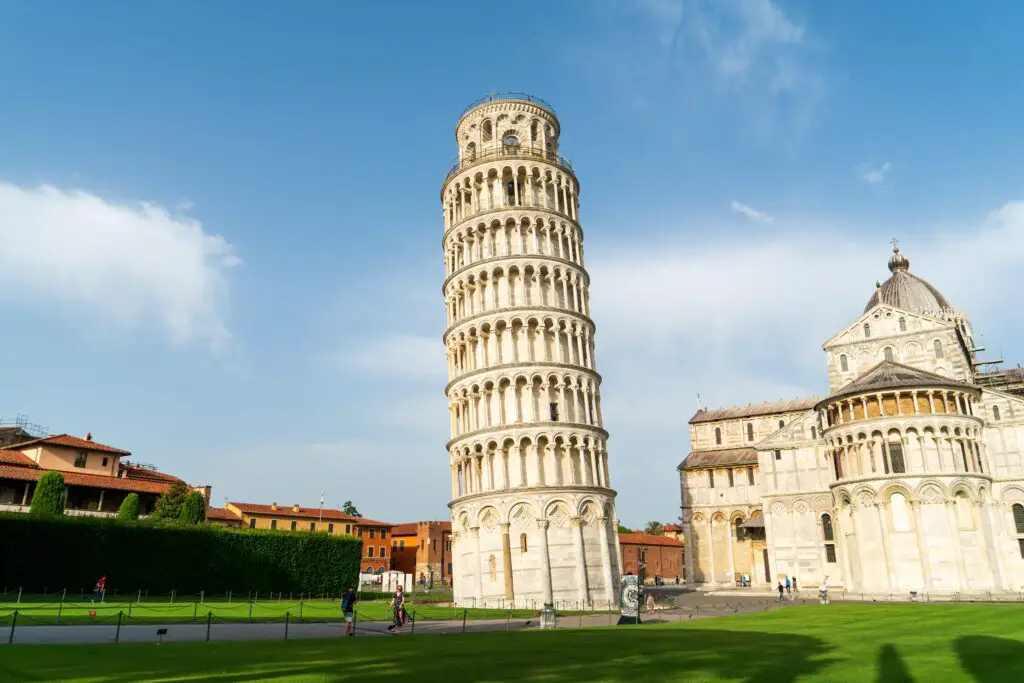
In Italy, especially in the south, ringing in the new year means red underwear, lentils, and possibly… flying furniture. Yes, in cities like Naples, old items were once thrown out of windows as a fresh-start gesture. Nowadays, that’s mostly symbolic, but the red underwear? Still very much a thing.
It’s said to bring luck in love and life. Lentils are eaten for prosperity since their shape resembles coins. There’s dancing, midnight kisses, and a bit of superstition in every corner. Italians know how to mix tradition with flair.
13. Belarus

In Belarus, New Year’s Eve is a blend of Soviet-era nostalgia and folk customs. Some women still engage in fortune-telling games to see who will get married first. One quirky method involves placing corn kernels in front of roosters to determine who will tie the knot next.
There’s also Ded Moroz, the Slavic version of Santa Claus, who makes appearances at parties and family gatherings. Fireworks are common, but the vibe is more intimate than wild. The food is plentiful, the vodka flows, and there’s a strong sense of warmth despite the winter chill. It’s a holiday full of little quirks and quiet joy.
14. Iran
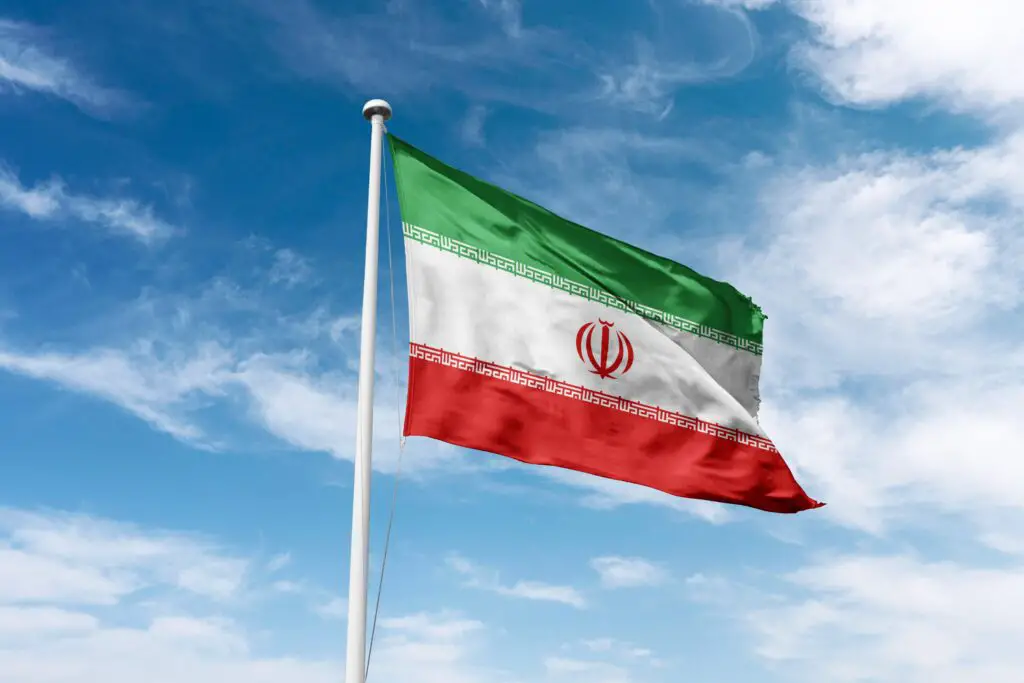
Nowruz, the Persian New Year, is celebrated in March and begins with a period of deep cleaning called “khaneh tekani.” Homes are scrubbed from top to bottom to sweep away the old year’s dust. On the actual day, families gather around a “haft-sin” table with seven symbolic items that start with the letter S in Persian.
One week before Nowruz, people jump over small bonfires in a tradition called Chaharshanbe Suri. It’s meant to purify and bring strength. There’s poetry, music, and plenty of shared meals. It’s a reflective, joyous, and deeply meaningful way to welcome the new year.
15. Estonia
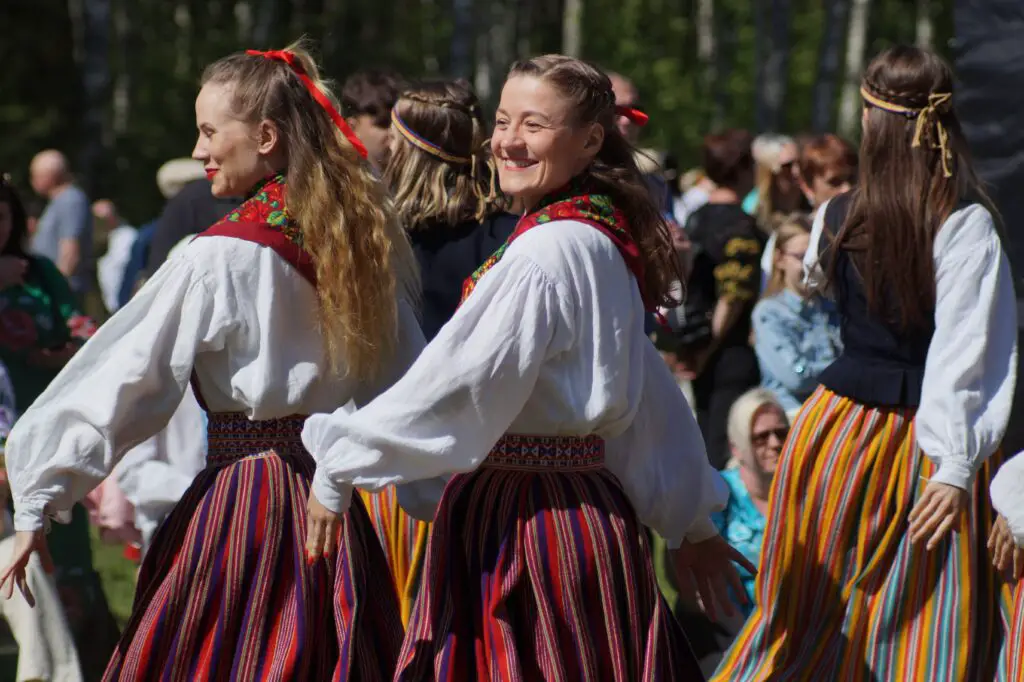
Estonians celebrate the new year with a belly full of food—literally. It’s customary to eat seven, nine, or even twelve meals on New Year’s Day. Each number has symbolic importance, and it’s believed that the more meals you eat, the more strength you’ll have in the coming year.
Of course, not every meal is a full feast. Some are just small bites, but it’s still a serious commitment to grazing. Traditional foods like pork, sauerkraut, and barley are staples. It’s a celebration of abundance and hope for the future. And honestly, who wouldn’t want to eat their way into a lucky new year?
